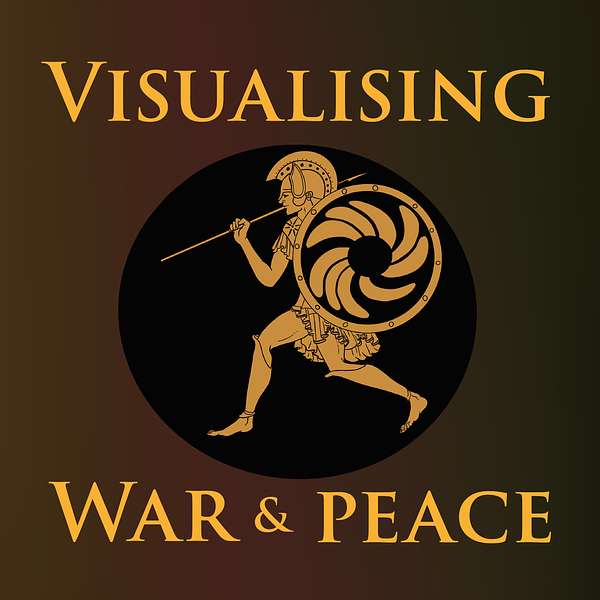
Visualising War and Peace
How do war stories work? And what do they do to us? Join University of St Andrews historian Alice König and colleagues as they explore how war and peace get presented in art, text, film and music. With the help of expert guests, they unpick conflict stories from all sorts of different periods and places. And they ask how the tales we tell and the pictures we paint of peace and war influence us as individuals and shape the societies we live in.
Visualising War and Peace
Generation Peace: the power of storytelling in peace education
In this episode, student Harris Siderfin (a member of the Visualising Peace project) explores the role that youth-focused storytelling can play in reducing conflict and promoting the building blocks of a peaceful society. His guest is Rob Burnet, founder and CEO of Shujaaz Inc, a multimedia youth platform based in Kenya that aims to help improve the lives and livelihoods of young people across East Africa.
Among other activities, Shujaaz Inc distributes a free monthly comic, produces radio programmes, creates TV shows, and runs social media accounts based on the popular characters featured in its comics - using Sheng, a contemporary slang favoured by many young people in Kenya. The stories they tell across different media revolve around a 19-year old radio DJ and influencer, living on the outskirts of Nairobi. The DJ uses his media platform to bring young people together to talk about their experiences, the changes they want to make and the barriers that are standing in their way, spotlighting the stories of young ‘shujaaz’ ('heroes') who are creating change in their lives. Addressing issues such as gender inequality, reproductive health, local government, human rights, fake news, and political violence, Shujaaz reaches over 9.1 million 15–24-year-olds across East Africa, connecting them with information, skills, and resources they need to take charge of their lives. The Television Academy has recognised the company twice, awarding two Emmys, one in 2012 and another in 2014.
How does Shujaaz relate to peace-building? As Rob and Harris discuss, storytelling can lead to behaviour-change. The characters created by Shujaaz speak directly to young people, sharing alternative ways of thinking, opening up new possibilities, building shared identities, and challenging and shifting social norms. Research has shown that young people who engage with Shujaaz are more likely than their peers to use contraception, thanks to the role models they encounter via these media; that they translate the financial wisdom which Shujaaz characters share into tangible improvements in their own lives; and that they are better informed about the strategies used by gangs and terrorist groups such as Al-Shabaab to recruit vulnerable young people to their cause - among many other benefits. These attitude and behaviour changes are fundamental in building a more secure, peaceful future for individuals and communities. 'Peace education aspires to enable students to become responsible citizens... who can deconstruct the foundations of violence and take action to advance the prospects of peace.' (Swiss Peace, 2021). This is exactly what Shujaaz does, in teaching young people to develop positive mindsets, support themselves, and embrace peaceful ideals.
We hope you enjoy listening to Rob and Harris discuss Shujaaz's approach to storytelling as a powerful example of peace education. For a version of our podcast with close captions, please use this link. And for more information about individuals and their projects, please visit the University of St Andrews' Visualising War website.
Music composed by Jonathan Young
Sound mixing by Zofia Guertin